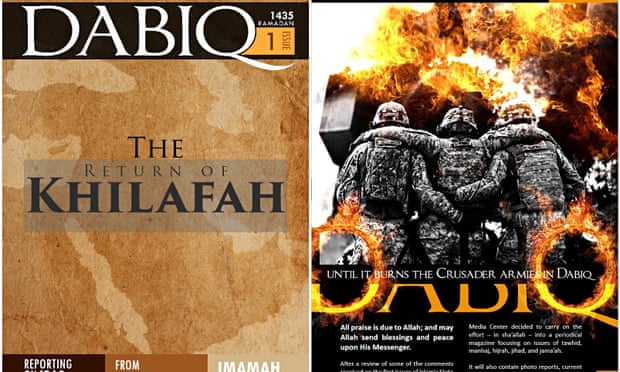Reuters: Tashfeen Malik’s path to accused mass killer in California began in a small city on the Indus River in Pakistan’s Punjab province.
It was from here, when she was a toddler, that she moved with her father Gulzar 25 years ago to Saudi Arabia, where he became more deeply religious, more conservative and more hardline, according to a family member.
A picture slowly emerged on Friday of the role and possible motivations of 27-year-old Malik in this week’s killing of 14 people in California, including her apparent pledge of allegiance to the leader of the Islamic State militant group, according to U.S. officials.
Malik, with her husband Syed Rizwan Farook, 28, is accused of storming a holiday party on Wednesday in San Bernardino, California, and opening fire in America’s worst mass shooting in three years.
The intensive search for clues, extending to Pakistan and Saudi Arabia, could help U.S. investigators piece together what drove Malik and her husband to leave their infant daughter with his mother, don assault-style clothing and carry out the shooting.

Malik, who entered the United States on a fiancée visa, and Farook, the son of immigrant parents from Pakistan who had worked as a health inspector, were killed in a shootout with police just hours after the attack.
U.S. investigators were evaluating evidence that Malik, a Pakistani native who had been living in Saudi Arabia when she married Farook, had pledged allegiance to Islamic State leader Abu Bakr al-Baghdadi, two U.S. government sources said. They said the finding, if confirmed, could be a “game changer” in the probe.
CNN reported that one U.S. official said Malik had made the pledge to al-Baghdadi in a posting on Facebook on Wednesday, the day of the attack, under an account that used a different name.
Though large information gaps remain, it appeared to be the strongest evidence so far that the attack may have been inspired by Islamic State. But U.S. government sources said there was no sign that it had been directed by the militant group, which has seized swathes of Syria and Iraq and claimed the deadly Nov. 13 attacks in Paris.
FATHER BECAME “CONSERVATIVE AND HARDLINE”
Two Pakistani officials said Malik was from Karor Lal Esan, a city on the west coast of the Indus River in southern Punjab province. She moved to Saudi Arabia with her father, an engineer, 25 years ago, they said.
She returned home five or six years ago to study at Bahauddin Zakariya University in Multan to become a pharmacist, they said.
The area in Punjab where she spent her early years and later went to university is a “recruitment ground” and stronghold of Islamist groups with ties to al Qaeda, said Husain Haqqani, a former Pakistani ambassador to the United States. Among the militant groups with a presence there is Lashkar-e-Taiba, which has been blamed for the November 2008 killing spree in the Indian financial capital of Mumbai.
“Our brother changed a lot since he went to Saudi,” Malik’s uncle, Javed Rabbani, said of Malik’s father. “When relatives visited him, they would come back and tell us how conservative and hardline he had become,” he said in an interview with Reuters.
A source close to the Saudi government said that during Malik’s time in Saudi Arabia nothing came to authorities’ attention there that suggested she was involved with radical Islamic groups. Malik was not on any Saudi law enforcement or intelligence watchlist, the source said.
Malik’s father, Gulzar, had built a house in Multan, where he stays when he visits Pakistan, according to another uncle, Malik Anwaar.
He said Gulzar had a falling-out long ago with the rest of the family, citing a dispute over a house among other matters. “We are completely estranged,” Anwaar said.
Rabbani said he had been contacted by Pakistani intelligence as part of the investigation into the San Bernardino shooting.
Malik had two brothers and two sisters and was related to Ahmed Ali Aulak, a former provincial minister, the Pakistani officials said.
The exact circumstances of how Farook and Malik met remained unclear but they had apparently been married for two years. The Federal Bureau of Investigation said Malik was in the United States on a visa under a Pakistani passport.
While Farook had an active presence online, Malik’s digital footprint is harder to trace. A Facebook profile established under an alias by Malik was removed by the company for violating its community standards, which prohibit praise or promotion of “acts of terror,” a spokesman said on Friday.
But her name was attached to a gift registry for their baby hosted by the website TheBump.com. According to the registry, Malik’s baby had been due on May 17.
Just hours before the couple opened fire on Farook’s co-workers in a government building in San Bernardino, they had dropped off their daughter at his mother’s house, telling her they had a doctor’s appointment.
*** How to get that H1 fiancée visa:


















